Heidi Zisterer is a dental hygienist from Germany whose practice, White Line Dentistry in Tuningen, received an award for the country’s best dental practice team in 2023. For six years, she has used Guided Biofilm Therapy (GBT) from EMS as a core part of preventive and non-surgical periodontal care. Her successful management of a complex case recently earned her a dental hygiene practitioner award.
Ms Zisterer, you won the dental hygiene practitioner award, conferred for the first time this summer by the Deutschen Gesellschaft für Dentalhygieniker (German society for dental hygienists) and the German Society of Periodontology. Your documentation of a challenging periodontitis case involving a patient with systemic disease impressed the jury. What made this case particularly challenging?
The patient, a 52-year-old woman, came to our practice in September 2023 in pain. She had not seen a dentist since 1983 because of her extreme fear of treatment. Convincing her to undergo care was the greatest challenge.
How did you manage to motivate this anxious patient to cooperate?
She struggled with poor oral health, including bad breath, and so was naturally motivated. She recognised her dental health needed significant attention and was willing to change. I assured her that we would tackle this together, improving how her mouth felt and looked and, ultimately, her quality of life. She accepted the treatment despite her fear, understanding it would bring about these positive changes.
Not visiting a dentist for over 40 years must have resulted in a need for extensive treatment. What did her treatment plan involve?
We needed to extract teeth #17 and 18, treat multiple carious teeth and perform non-surgical periodontal therapy. She was diagnosed with Stage III, Grade B periodontitis.
Beyond her fear of treatment, did her medical history present any unique challenges?
Yes, she was severely allergic to certain anaesthetics and had experienced a cardiac arrest during surgery seven years before. Additionally, she had hypotension and was very reluctant to take medication.
“My experience with GBT gives me confidence, and patients sense this consistency and calm, which helps them stay calm as well.”
Given these factors, how did you approach her treatment?
I was cautious about possible blood pressure spikes if we administered an anaesthetic, so we had a family medical practitioner on standby. I used anti-infective therapy, treating one quadrant at a time. This approach was less stressful and allowed us to avoid the two local anaesthetics that we would typically use. I also extended session times and omitted adjuvants, which she would have declined. We relied solely on GBT and improving her oral hygiene.
Your practice uses anti-infective therapy in line with the GBT protocol from EMS, which involves eight steps from assessing oral health and disclosing biofilm to quality checks and scheduling recalls. Does this systematic approach help with complex cases?
Absolutely! The GBT protocol is highly reliable, so I don’t need to deviate from it. My experience with GBT gives me confidence, and patients sense this consistency and calm, which helps them stay calm as well.
Was the treatment goal achieved with this patient?
Yes, we reduced her periodontal pockets to a few residual ones with 4–5 mm probing depths, manageable with supportive periodontal therapy. Her oral hygiene improved significantly, and she now attends supportive periodontal therapy appointments every three months. The painless GBT protocol encourages patient engagement in their treatment, resulting in positive, regular recalls.
Tags:
Electro Medical Systems (EMS) is a leading manufacturer of precision medical devices for dental prophylaxis. Recently, Dr Ernst Wühr was appointed the ...
Right in the heart of the southern German town of Friedrichshafen, dentist Dr Florian Fries runs a modern practice for oral health, seeking to treat ...
Combining orthodontic treatment and preventive treatment is a key component of the clinical philosophy of Drs Ines Metke and Claudia Mengel, who have run ...
Dr Magda Mensi is a researcher at the University of Brescia in Italy with a special interest in non-surgical therapy of periodontal diseases. In preparation...
MUNICH, Germany: On 17 June, dental professionals flocked to the halls of the BMW Welt event venue in Munich to learn more about the Guided Biofilm Therapy ...
Some 2,500 years ago, Hippocrates already knew that prevention is more important than curative therapy. In the modern-day context, Benz stated that ...
Oral disease prevention consists of two pillars: individual home care and professional prophylaxis. For good long-term oral health, both components need to ...
NYON, Switzerland: Guided Biofilm Therapy (GBT), developed by EMS together with clinicians and academics, is a systematic, evidence-based modular protocol ...
With 22 years of experience as a dental therapist and hygienist, Andrew Terry is a lecturer at the University of Sydney’s School of Dentistry in ...
Although air polishing with erythritol has been established as a standard mode of minimally abrasive root surface debridement, many dentists are unaware of ...
Prof. Magda Mensi, Dr. Hugo Madeira, Faye Donald DH, Dr. Neha Dixit, Dr. Pamela Maragliano-Muniz DMD, Dr. Celso Da Costa , Dr. Victoria Sampson BDS MFDS RCS Ed, Dr. Steffen Rieger M.Sc., Prof. Sigrun Eick
Prof. Dr. Ian Meyers BDSc, FRACDS, FICD, FPFA, FADI
Dr. Derek Mahony BDs, MScOrth



 Austria / Österreich
Austria / Österreich
 Bosnia and Herzegovina / Босна и Херцеговина
Bosnia and Herzegovina / Босна и Херцеговина
 Bulgaria / България
Bulgaria / България
 Croatia / Hrvatska
Croatia / Hrvatska
 Czech Republic & Slovakia / Česká republika & Slovensko
Czech Republic & Slovakia / Česká republika & Slovensko
 France / France
France / France
 Germany / Deutschland
Germany / Deutschland
 Greece / ΕΛΛΑΔΑ
Greece / ΕΛΛΑΔΑ
 Hungary / Hungary
Hungary / Hungary
 Italy / Italia
Italy / Italia
 Netherlands / Nederland
Netherlands / Nederland
 Nordic / Nordic
Nordic / Nordic
 Poland / Polska
Poland / Polska
 Portugal / Portugal
Portugal / Portugal
 Romania & Moldova / România & Moldova
Romania & Moldova / România & Moldova
 Slovenia / Slovenija
Slovenia / Slovenija
 Serbia & Montenegro / Србија и Црна Гора
Serbia & Montenegro / Србија и Црна Гора
 Spain / España
Spain / España
 Switzerland / Schweiz
Switzerland / Schweiz
 Turkey / Türkiye
Turkey / Türkiye
 UK & Ireland / UK & Ireland
UK & Ireland / UK & Ireland
 Brazil / Brasil
Brazil / Brasil
 Canada / Canada
Canada / Canada
 Latin America / Latinoamérica
Latin America / Latinoamérica
 USA / USA
USA / USA
 China / 中国
China / 中国
 India / भारत गणराज्य
India / भारत गणराज्य
 Pakistan / Pākistān
Pakistan / Pākistān
 Vietnam / Việt Nam
Vietnam / Việt Nam
 ASEAN / ASEAN
ASEAN / ASEAN
 Israel / מְדִינַת יִשְׂרָאֵל
Israel / מְדִינַת יִשְׂרָאֵל
 Algeria, Morocco & Tunisia / الجزائر والمغرب وتونس
Algeria, Morocco & Tunisia / الجزائر والمغرب وتونس
 Middle East / Middle East
Middle East / Middle East
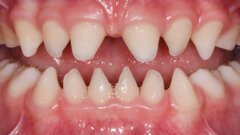
























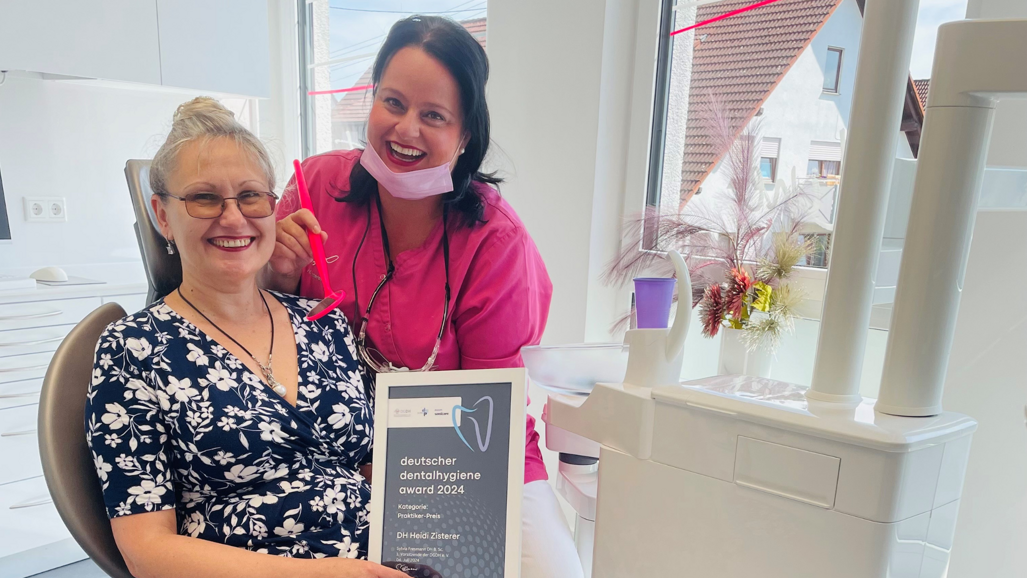

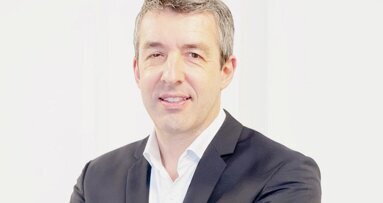
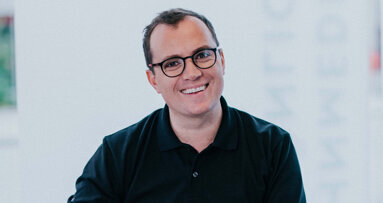



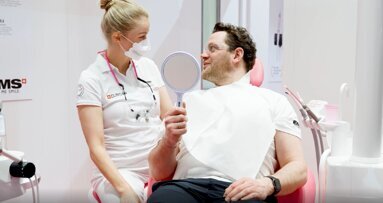
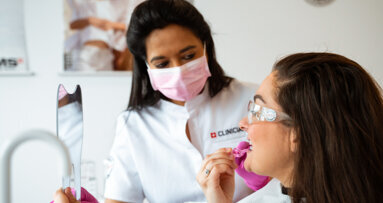
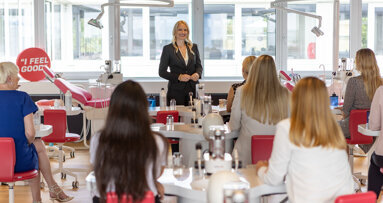
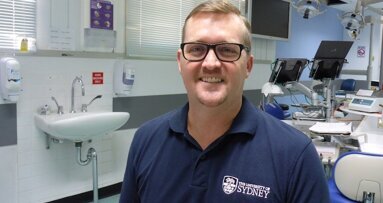
















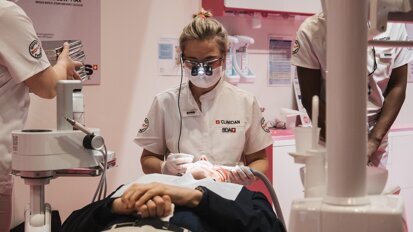
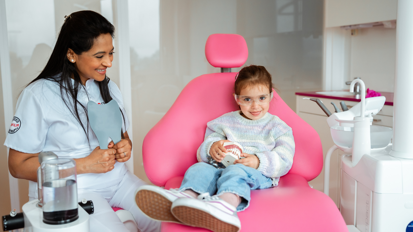
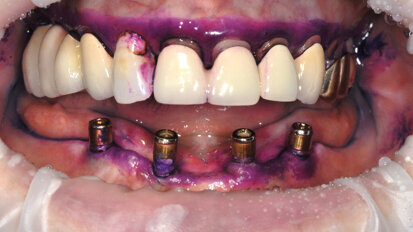
To post a reply please login or register